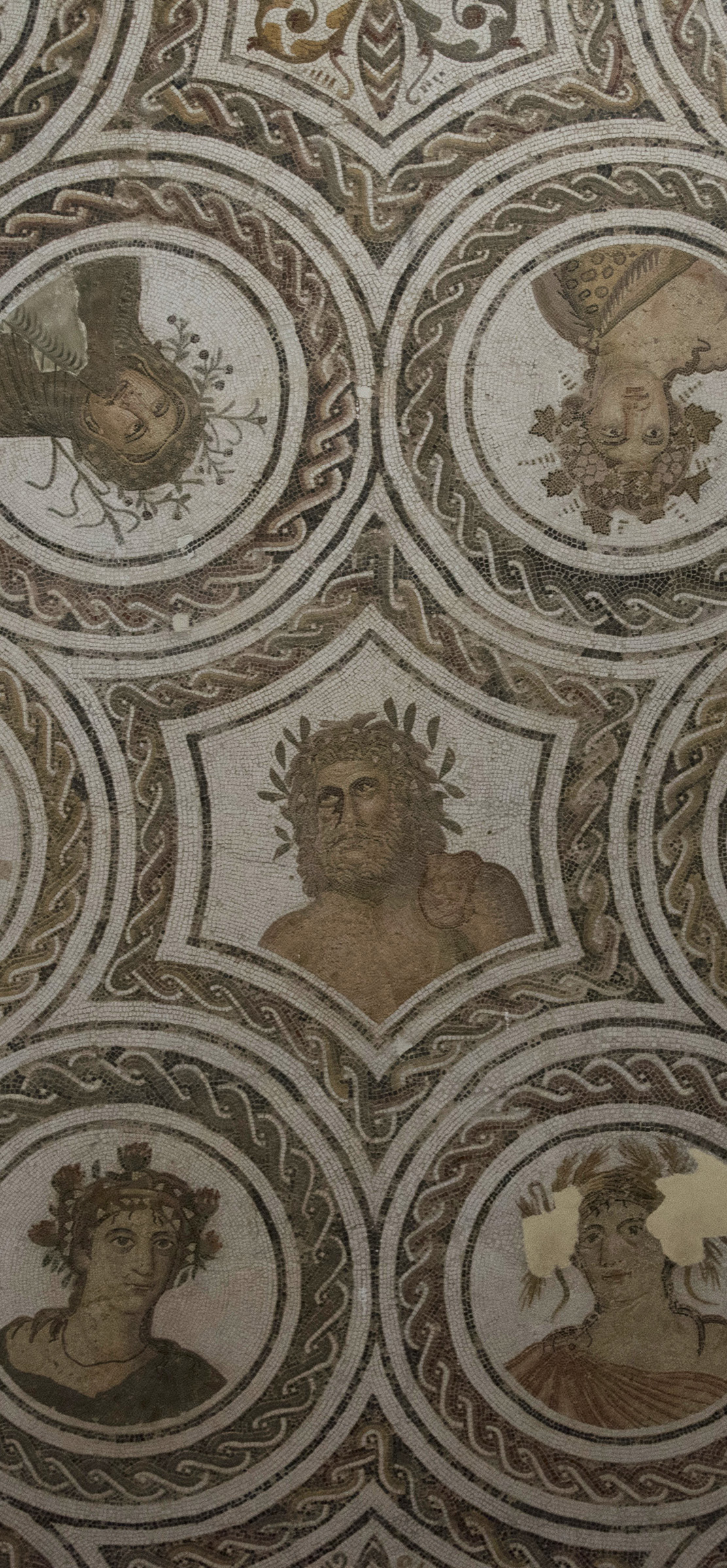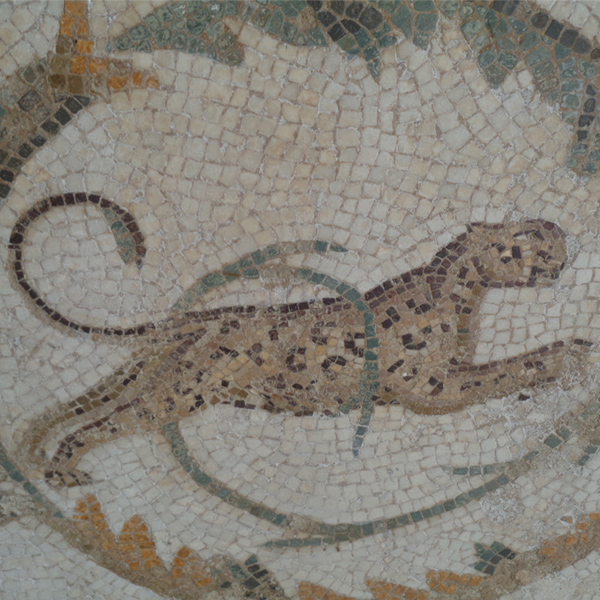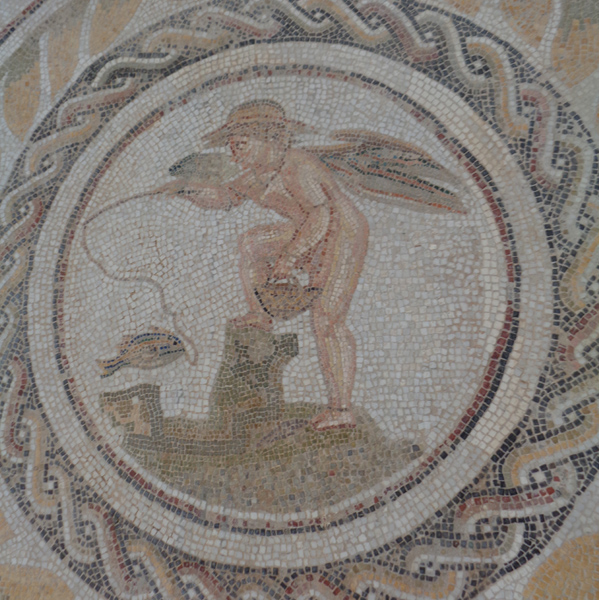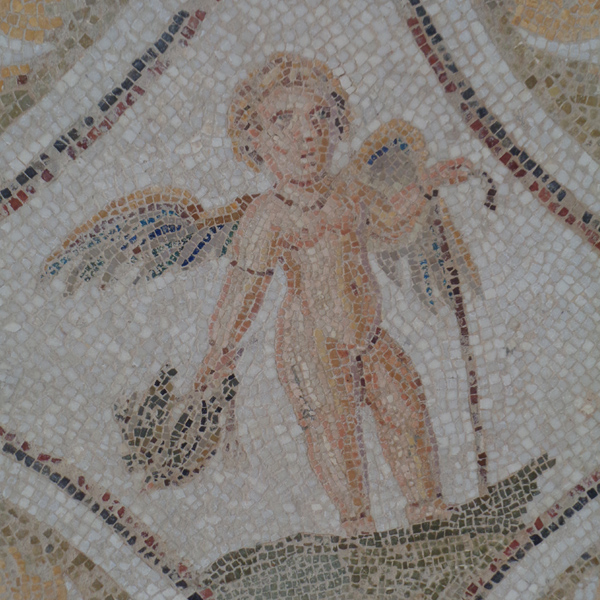The History of El Jem
El Jem is the heiress of Thysdrus. It was a small Berber rural agglomeration that developed thanks to its advantageous position on a plateau constituting the most direct passage from north to south and the most convenient junction point between the coast and the interior of the country. During the Punic invasion, it probably served as a relay or support for penetration from the coast to the interior. The village remains small during this period. At this first stage of development, the city corresponds, at the urban level, to an archaic central nucleus that does not appear to be extensive, covering about twenty hectares and forming a circle 500 meters in diameter. The islets are irregular and the streets sinuous and narrow.
Then Thysdrus becomes Roman and knows a "vertiginous ascent", which hoisted the city, in the third century AD, to the second place in Africa, after Carthage. It then comprises 40,000 inhabitants (against 100,000 inhabitants in Rome at the same time) on an area of 200 hectares. The city develops thanks to the olive and trade: it serves as intermediary between the ports and the hinterland for imports and the exports.
Thysdrus does not belong to the category of Roman foundations, that were built from scratch on a preconceived plan, in checkerboard format. It is not a regular city: it combines two very different types of urban spaces: a central old core, massive and compact, barely ventilated by narrow and winding streets, opposes a newer area with streets much wider and denser. This extension was made towards the east and especially towards the south of the city.
At the beginning of the second century AD, the city acquired the largest amphitheater in Africa, able to accommodate 30,000 spectators.
In 238, the inhabitants revolt against the emperor Maximus who asks them for too much money. They proclaimed Emperor Proconsul Gordian, then governor of the province. After this revolt, Thysdrus suffered reprisals that left traces in many of his buildings and helped to stop his rise.
The evolution of Thysdrus during the Byzantine period is very poorly known: the city seems to have shrunk, concentrating in its western part. Losing gradually its zone of economic influence, Thysdrus ceases to be a big city, falls in ruins and disappears completely. Only the amphitheater remains used: it is transformed into a fortress.

The Collection - Testimony to Thysdrus' Arts and Crafts
The Practice of Mortuary Masks
A Thysdrus molding workshop revealed two mortuary masks, the first depicting the face of an indigenous Berber, who died probably towards the middle of the third century, the second is a mold of a women's mortuary masks which has been embellished.
Sculpture
Traces of a sculpture workshop where discovered, in which the form of a marble sculpture and a plaster cast were found. It represents the shape of the left hand of a big statue holding a small Amor figure of which the head is lacking.
Ceramics
Ceramics production occupied an important place in the economic life of Thysdrus; the very high concentration in the region of light-coloured sigillate ceramics seems to suggest the existence of such production centers.
Working on Bone
Numerous evidence of a work shop specialized in bone working where found in premises adjoining a house of the central area of Thysdrus.
Metallurgy
Various explorations revealed an impressive amount of metal slag, the most ancient of which comes from an archaeological layer dating back to the first century A.D. These slags come from lead smelters used to produce the metal needed for manufacturing various items.
The Mastery of Plaster and Stucco
Incontestably, there are a variety of pieces in Thysdrus that are rarely found elsewhere. In particular the work of plaster and stucco reveals the know-how and the exceptional mastery of these materials.




The Four Seasons - Intricate Fragments of a Dining Room Mosaic
Fragments of a pavement of a 'triclinium' (dining-room) representing, amidst a floral decoration, busts personifying the four Seasons, various birds, fishes, fruits, Dionysiac masks etc.
On the edge, various animals are facing one another.
Second century A.D. - House of the Dionysian Procession